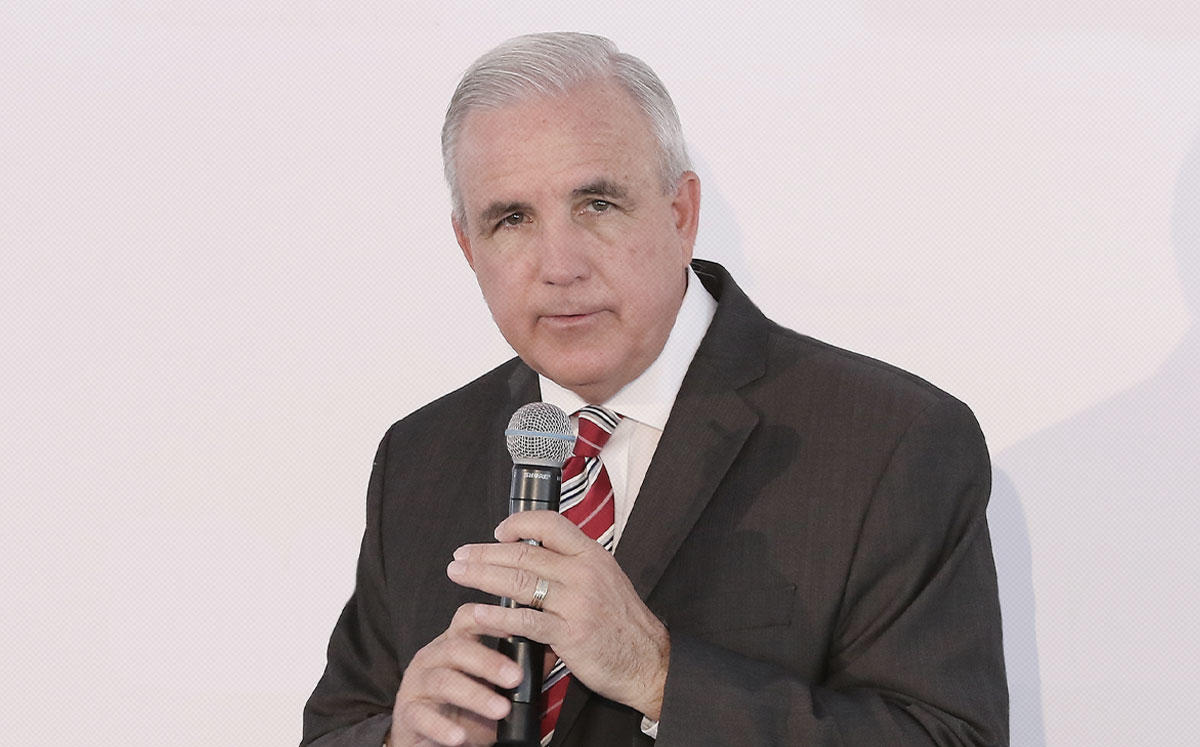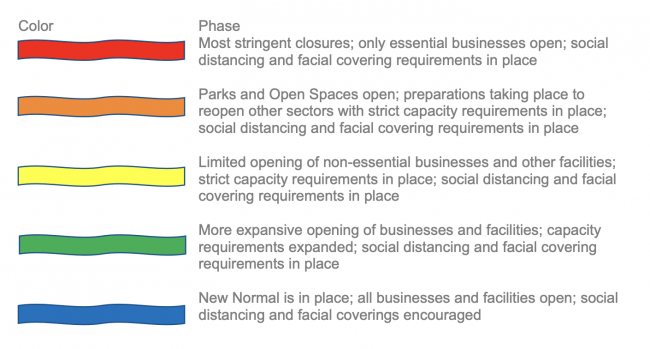Trending
Miami-Dade outlines reopening plan to start Monday, but it’s far from a return to normal
Movie theaters, gyms, fitness studios, bars, pools, hotels would open at a later date

Miami-Dade County Mayor Carlos Gimenez released a 184-page guide for reopening, with the first businesses opening their doors on Monday, pending approval from the governor’s office.
The color-coded guide outlines proposed rules for retail, office buildings, shopping centers, trade and logistics, restaurants and hotels, as well as other businesses.
The county’s proposed guidelines suggest that the following establishments will be opening at a later date: bars, pubs, night clubs, banquet halls, cocktail lounges, cabarets, and breweries; movie theaters, concert houses, auditoriums, playhouses, bowling alleys, arcades, gyms and fitness studios, pools and hot tubs, tattoo shops and massage parlors.
Hotels are expected to reopen in June, though no date has been provided.
Broward County is expected to begin opening on Monday, along with Miami-Dade. Palm Beach County entered phase one of reopening this past Monday, with restaurants allowed to operate at 25 percent capacity.
In Miami Beach, the city is proposing to reopen retail, museums, and salons and barber shops on Wednesday, May 20, at reduced capacities. Individual cities within Miami-Dade could reopen with stricter guidelines than those put in place by the county and state. Miami Beach, Miami, Miami Gardens, Doral and Hialeah are working together on a coordinated reopening that would begin after the overall county. Restaurants in Miami and Miami Beach, for example, would be allowed to open their dining rooms May 27.
Non-essential businesses in Miami-Dade were ordered to close March 19. The rest of the state followed. (Construction has been considered an essential business in Florida.) The rest of the state, other than Miami-Dade, Broward and Palm Beach, was allowed to reopen last week, including the Florida Keys.
Gimenez’s latest plan, which is subject to approval from Gov. Ron DeSantis, is proposing to allow up to 50 percent capacity for restaurants. DeSantis’ statewide reopening order capped capacity at 25 percent.
The new color-coded plan begins with red, with only essential businesses allowed to operate; and moves to orange, in which some parks and open spaces reopened with social distancing and facial covering requirements in place. Miami-Dade began reopening parks and open spaces on April 29, though beaches are still closed.
Next is yellow, a phase that would allow for the limited opening of non-essential businesses – like malls and salons and barbershops – with “strict capacity requirements,” social distancing and face covering requirements. In the green phase, more businesses and facilities would be allowed to reopen and capacity requirements would expand, but social distancing and face coverings would still be required.
In the final color, blue, a “new normal” would be put into place, with social distancing and face coverings encouraged.
Though real estate offices and certain services are considered essential, showings would be allowed to resume under the yellow section in the county’s plan, along with retail and office.
Hotels, personal grooming establishments, theaters, tour operators, pools, gyms and other wellness venues, bars, community centers, playgrounds would be in later opening phases.
Hand sanitizer dispensers, physical lines to create separations, employee and non-employee protection, installations of HVAC filters, disinfection protocols, capacity limits for elevators, quarantine rooms, shutting down common areas whenever possible, and ensuring a minimum of six feet between people are all included in the guidelines.
The proposed rules show a glimpse into how different the return to normal will be. To view the full guide, click here.
Retail
Retail stores would have to establish one entrance point. Customers wouldn’t be able to handle or try on merchandise without it being properly cleaned, and cart and basket handles will have to be sanitized between uses. Valet services for cars would be eliminated.
Personal grooming
Customers would have to maintain at least six feet between each other, unless they’re families who live together. Capacity would be limited to 10 people, or 25 percent of the occupancy – whichever is smaller. Plexiglass barriers should be installed between salon chairs, and all services will require an appointment. No walk-ins will be allowed.
Office buildings
All visitors and tenants would be required to wash their hands when they enter an office building and wear face coverings while in the building. Offices with cubicles or open floor plans must establish the minimum of six feet of social distancing, or install physical barriers between workstations. Offices should also stagger arrival times of employees, alternate employees coming to the office and encourage working from home.
Restaurants
Restaurants with outdoor dining would have to “consider the impact of inclement weather” when creating their operational plan, including what to do if it rains. Miami-Dade is proposed no more than 50 percent of building occupancy, with outdoor seating maintaining similar distancing. All bar counters must remain closed to seating. Tables will be limited to four people, unless everyone is from the same household.
Hotels
In addition to increased cleaning protocols in the rooms, common areas and check-in desks, guests will be required to only congregate with people from the same household. Both guests and workers will also have to wear masks in all common areas. Elevators will be marked to show the proper distance among people. Hotel employees will be required to undergo training to comply with the new regulations. Valet will not be an option where onsite parking is available.





